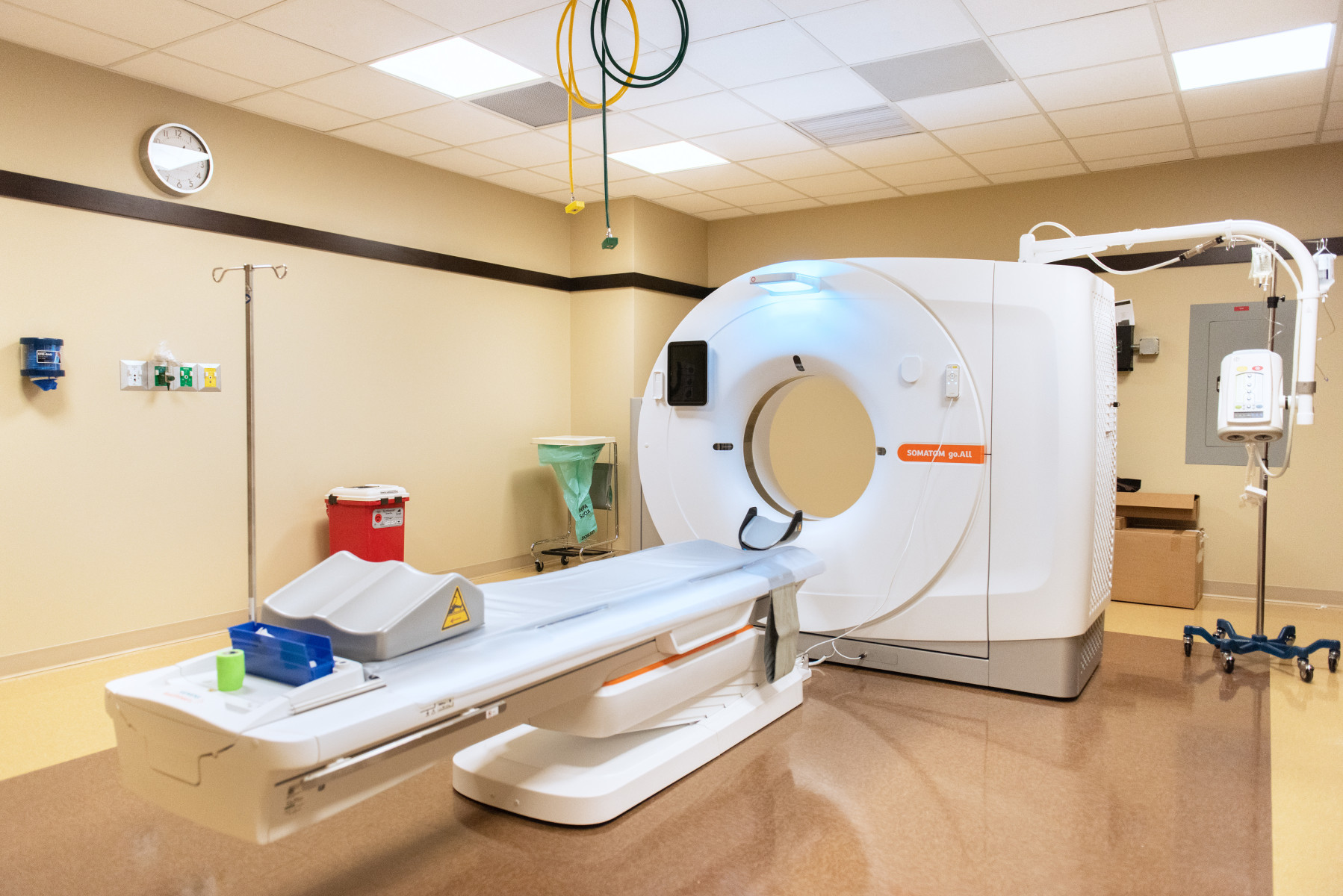
A new study by Northwestern Medicine® and New York University Langone Medical Center shows that prostate-specific antigen velocity (PSAV) risk count testing may provide a more effective way for physicians to screen men for clinically significant prostate cancer. The new study, published online February 1 by the British Journal of Urology International, shows the benefits of tracking a man’s PSA levels over time to help doctors more accurately assess his risk of life-threatening prostate cancer.
“A persistently rising PSA is a harbinger for life-threatening prostate cancer,” said the study’s senior author, William Catalona, MD, professor of urology at Northwestern University Feinberg School of Medicine and director of the clinical prostate cancer program at the Robert H. Lurie Comprehensive Cancer Center of Northwestern University. “Our study findings show looking at how much PSA changes over time helps distinguish which cancers are aggressive more so than a single PSA value.”
Prostate cancer is the second leading cause of cancer death in American men, with an estimated one in six men diagnosed with the disease during their lifetime. Prostate cancer does not present symptoms until advanced stages, so screening for the disease is vital. Currently, a PSA blood test is the standard screening method to evaluate a man’s risk of prostate cancer. An elevated PSA, a substance made only in the prostate gland, can indicate the presence of disease. However, PSA can also be elevated with benign prostate enlargement, and one high PSA value does not always mean an aggressive prostate cancer is present.
The new PSAV risk count screening works by monitoring fluctuations in PSA levels over time to analyze a man’s risk of prostate cancer, instead of relying on just one PSA test result to assign prostate cancer risk. The risk count is calculated by counting the number of times in a row that the PSA level in the blood increases by 0.4 ng/mL. If PSA goes up by more than 0.4 units in consecutive years, the risk count rises, indicating the patient has an increased risk of aggressive prostate cancer. For example, a man who has a PSA screening for two years in a row would be given a risk count of 2 if his serial PSA velocity measurements increased by more than 0.4 units each time, a risk count of 1 if there was only one increase by more than 0.4 units, and a risk count of zero if there was no increase by more than 0.4 units.
“Risk count could represent a new way to screen for prostate cancer by focusing on men with the greatest risk of harmful prostate cancers,” said lead author Stacy Loeb, MD, a urologist and the Joel E. Smilow Comprehensive Prostate Cancer Center at NYU Langone “The goal of risk count is to help identify the aggressive, clinically significant prostate cancers before advanced symptoms develop, while decreasing the diagnosis of insignificant cancers.”
In the study, researchers showed PSAV risk count could improve the specificity of screening for prostate cancer and advanced stages of the disease. Researchers evaluated 18,214 men undergoing prostate cancer screening, 1,125 of which were diagnosed with the disease. The study results show sustained rises in PSA levels over time indicate a significantly greater risk of prostate cancer and more aggressive disease. In the study, a risk count of 2 was associated with a risk of prostate cancer eight times higher than normal, with a five-fold increase in the risk of aggressive disease. The authors conclude risk count screening may be useful in diagnosing aggressive prostate cancer earlier, while possibly reducing unnecessary biopsy as well as the over-diagnosis and resulting overtreatment of low-risk prostate cancer.






